What is 3D Flyknit Fabric used for
What is 3D Flyknit Fabric used for
I: What is Flyknit Fabric
We can consider it as a new type of shoe upper made of a single piece of digitally woven fabric. Sometimes this piece makes up the entire upper part, offering a perfect fit to the foot. Flyknit is developed using a polyester thread, being more flexible and breathable than other materials and adjusting to the areas where more support is needed.
In addition to the great development of these models, this system provides a series of other advantages: the seamless upper offers a great comfort, and the fiber threads provide a great support and durability.
Flyknit eliminates the need to use the various materials and cuts used to make the uppers of traditional footwear, significantly reducing the amount of wasted material.

II: What is the Advantages of Flyknit
This fabric mainly focuses on the re-design of the upper of our classic sneakers, taking advantage of natural flexibility. it has achieved a final product focused on the power of the foot, not the shoe. The Swoosh brand has already introduced several models of these featherweight running shoes, you can find all models of flyknit sneakers at sivasdescalzo.
a: More comfortable chaplains.
This technology does not have the characteristics of a common shoe, such as the incorporation of several layers, seams and volume, resulting in more materials and less flexibility. A pair of sneakers with a Flyknit upper have virtually no seams in their uppers, adapting to the foot and offering support at the same time.
Some Flyknit models include a seamless mesh that makes the shoe light and breathable, as comfortable as if you were wearing a sock.
b: Ultra-lightweight design.
Flyknit technology is a clear example of how less can be more. Its elastic, ultra-lightweight and durable fiber can wrap around the shape of the foot, simulating the comfort of wearing a sock. The type of fabric is slightly looser than other materials, promoting better breathability. The fact that they do not have overlapping seams is one of the key factors that make Nike Flyknit shoes a favourite among athletes.
c: Good support.
Flyknit incorporates in its fabrics a non-elastic fiber in some key areas of the foot, such as the heel or the toe, providing greater stability and support where it is most needed.
In summary, Flyknit technology has reduced the weight of the shoe, the manufacturing process, the material waste, providing at the same time maximum sports performance to the runner with a minimum of environmental impact.
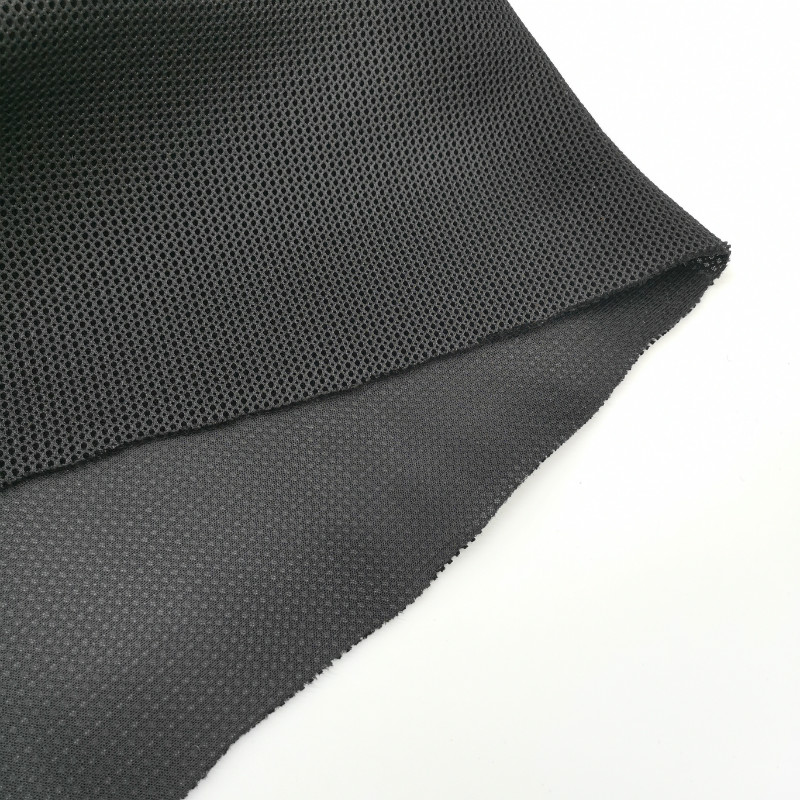
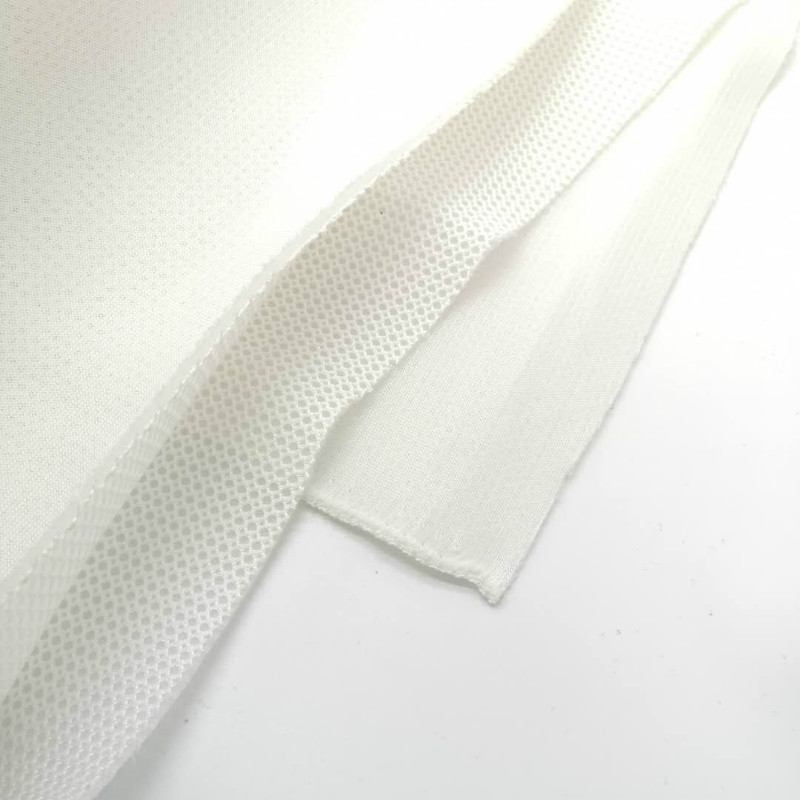
III: what is 3D flyknit fabric
3D knitted shoe upper which is then attached to the sole to offer a more secure fit. Engineers use complex knitting structures to achieve this, monitoring closely the anatomical form of the fabric and how it mimics the shape of the foot.The shoe upper is then subjected to a process of thermoforming, which provides shape and support underfoot, enhancing breathability whilst offering a ‘second-skin feel’, the company claims.
“Because it completely wraps the foot, the construction offers a closer fit that locks the foot in to reduce in-shoe movement,” Nike says. “The 360-degree form is engineered for better movement and speed by allowing the shoe to move with the athlete by minimizing the space between the foot and the ground.

IV: The future of 3D Flyknit
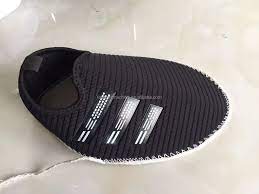
It could be first real move into 3D printed technology. Flyprint uppers are produced through solid deposit modeling, a process where a TPU filament is unwound from a coil, melted and laid down in layers.
The main benefit is it can be made using specific personal data, allowing designers to translate athlete data into new textile geometries. The process to develop Flyprint uppers begins by capturing athlete data. That data is then computed to affirm the ideal composition, to produce the final textile.
V: Other benefits of 3D Flyknit
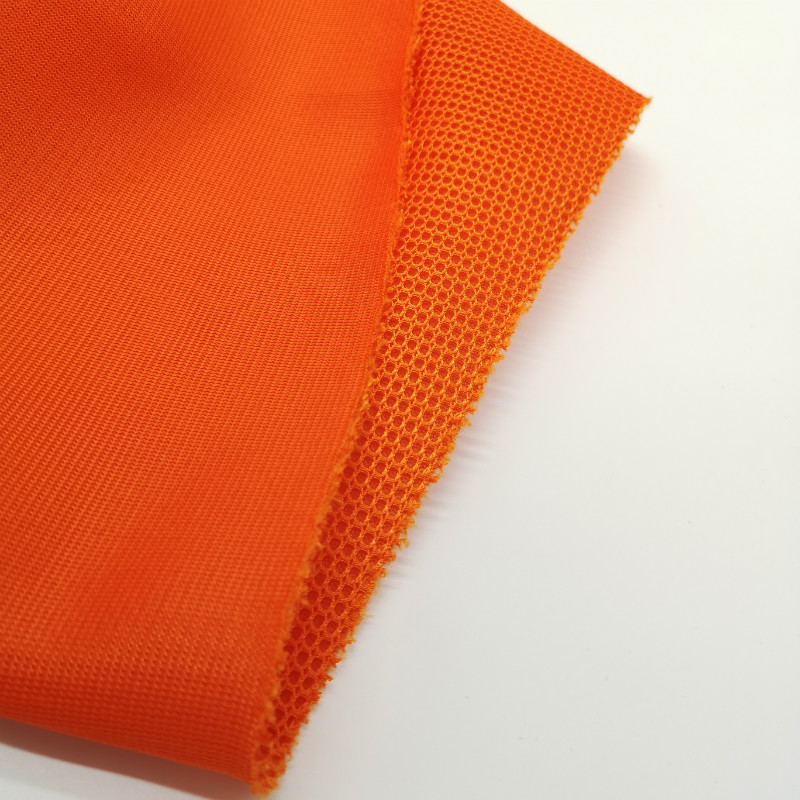
a:It’s quicker than previous manufacturing methods: Nike is capable of moving faster with unprecedented precision, nine days is enough time to build a new upper.
b:This new textile also works perfectly with other materials, like Flyknit.
c:The new uppers are built to prevent fabric from rubbing against itself when you’re wearing the shoe.
d:It’s lighter: the result is a running shoe that is 11g lighter than the Nike VaporFly Elite.
VI: What is 3D Flyknit fabric used for
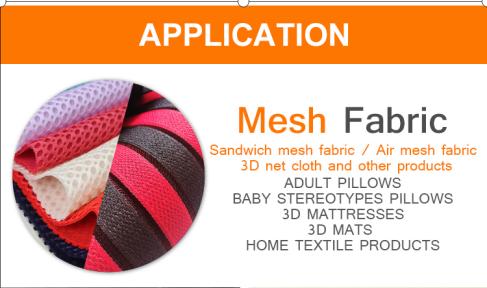

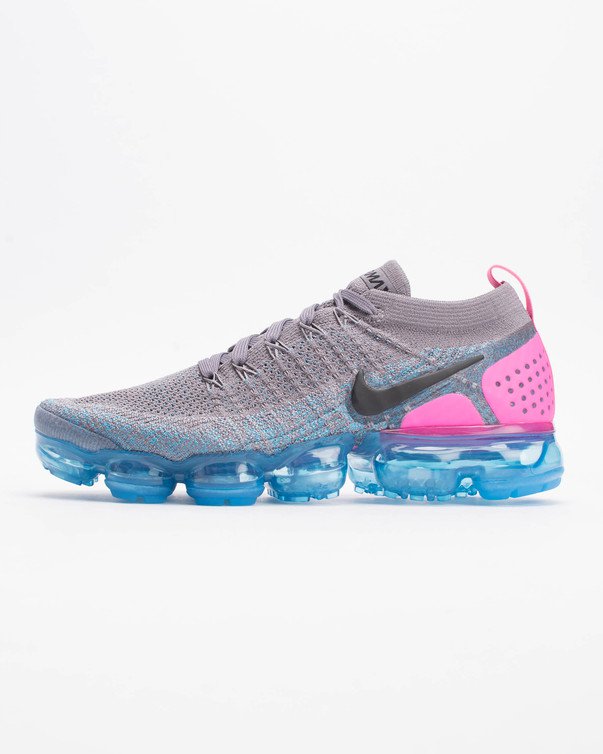
3D Flyknit fabrics are multipurpose which can be used in sports wear, decoration, bags, shoes, home furnishing etc.
Using the latest flat knitting techniques, support and structure are knitted directly into items, which helps reduce seams, weight and areas of friction, and keeps the items lightweight.
When the Flyknit technology was first launched, the uppers were created by knitting a flat fabric that was then attached to the midsole to produce a conventional fitting shoe. Now, however, using the latest in digital technologies to pre-determine the mould of the entire, 3D knitted shoe upper which is then attached to the sole to offer a more secure fit. Engineers use complex knitting structures to achieve this, monitoring closely the anatomical form of the fabric and how it mimics the shape of the foot.
The shoe upper is then subjected to a process of thermoforming, which provides shape and support underfoot, enhancing breathability whilst offering a ‘second-skin feel’, the company claims.
“Because it completely wraps the foot, the construction offers a closer fit that locks the foot in to reduce in-shoe movement,” Nike says. “The 360-degree form is engineered for better movement and speed by allowing the shoe to move with the athlete by minimizing the space between the foot and the ground.
“In addition, Flyknit is precision engineered down to every stitch, which produces 60% less waste than traditional cut-and-sew methods. The technology applies 40 years of athlete insights to inform the precise placement of support, flexibility and breathability where athletes need it most while minimising the impact on the environment.”
Recently, Flyknit technology has also expanded into the apparel category including the production of sports bras which, using the latest knitting techniques, has a reduced number of seams, weight and areas of friction. the company also combined body-mapping design techniques with the latest flat knitting technology to create a capsule collection that uses performance data collected from athletes, resulting in high-performance garments that provide extra ventilation and coverage where needed.
VII: About Derflex:
DERFLEX is professional fliknit Fabric manufacturer in China with experience over 20 years, DER focus on manufacturing and exploring Flyknit fabrics.
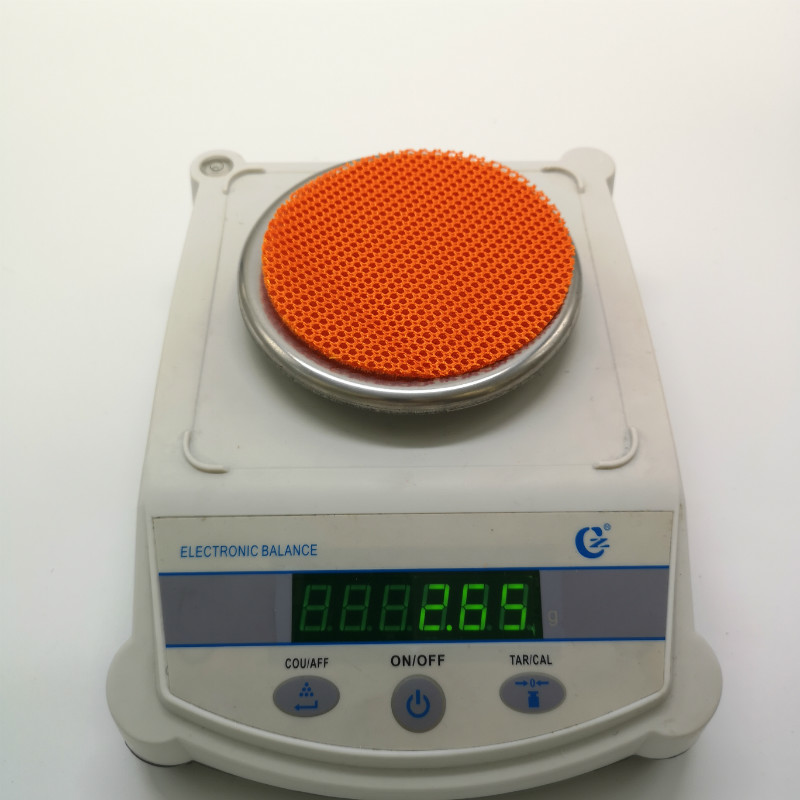

For more information, welcome to reach us at Ann Li with What”s APP:+86-187-0192-0943 E-mail: ann@derflex.com